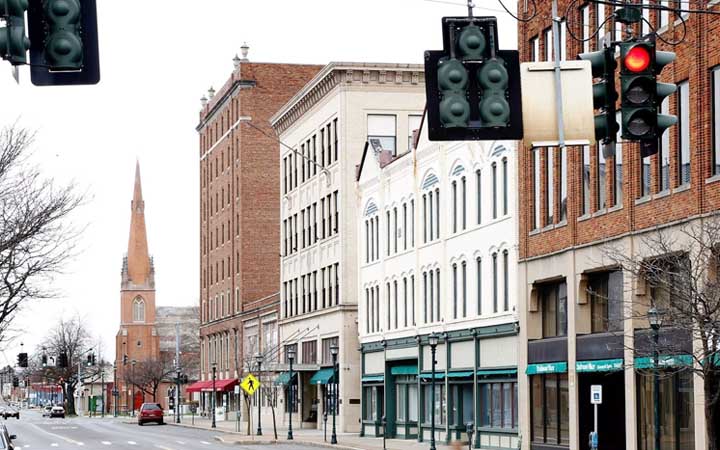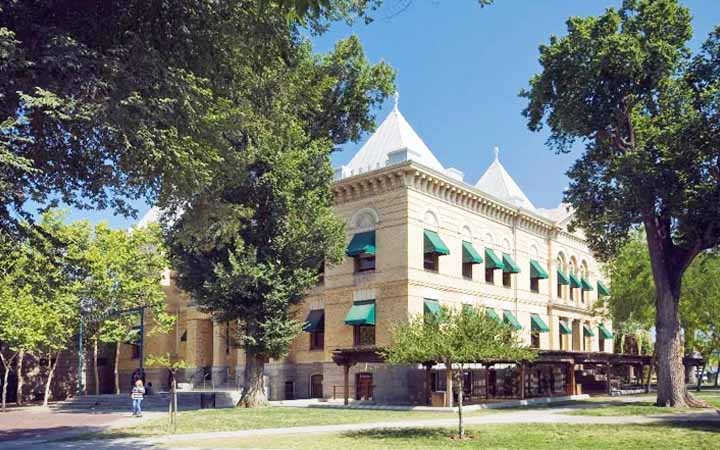Last Updated on January 7, 2021
The strange thing is that this high school graduation rate doesn’t correlate with the high rate of preschool enrollment that the city has: 58.7%.
Danville, Illinois
 ©Weekly News
©Weekly News
If you are thinking about consulting travel booking websites to go on a vacation for Danville, Illinois then please abort immediately. The city has one of the biggest crime rates in America.
It is estimated that the citizens of Danville may report being victims of a burglary or assault more than any metropolitan area in the country. This high crime rate makes it difficult for parenting toddlers since it is associated with stunted learning development.
Also, the college attainment rates are not promising with 14% of the adults in the city having a bachelor degree.
Albany, Georgia
 ©MDJOnline
©MDJOnline
Another city that has a significantly bad effect on learning skills for toddlers is Albany, Georgia. One of the main problems with the city is having a high rate of poverty.
Many of the kids in the area are one of the poorest in U.S. metro areas. While 19.5 % is the national rate, the rate for kids in Albany is 36.3 %.
What makes matters worse is the fact that living in families that struggle financially makes it hard to be successful educationally, and around 30 % of these children end up not graduating high school.
Yuba City, California
 ©Yubacitydowntown
©Yubacitydowntown
Another Californian city you shouldn’t spend your dollars on a trip to is Yuba City. It is estimated that 36.6% of the city’s residents do not have access to places for exercise and physical activities.
The education in the city is no better with a high risk of children getting an inadequate education. According to figures, the high school graduation and preschool enrollment in Yuba City are slightly below average. Therefore, it is better to avoid trying to raise your children here.
Hanford-Corcoran, California
 ©Pinterest
©Pinterest
Preschool-aged children in the area are less likely to be enrolled in preschool programs, with a rate of 35.2% (below the national rate of 48 %). This fact can affect the natural stages of development for children and lead to problems later on.























